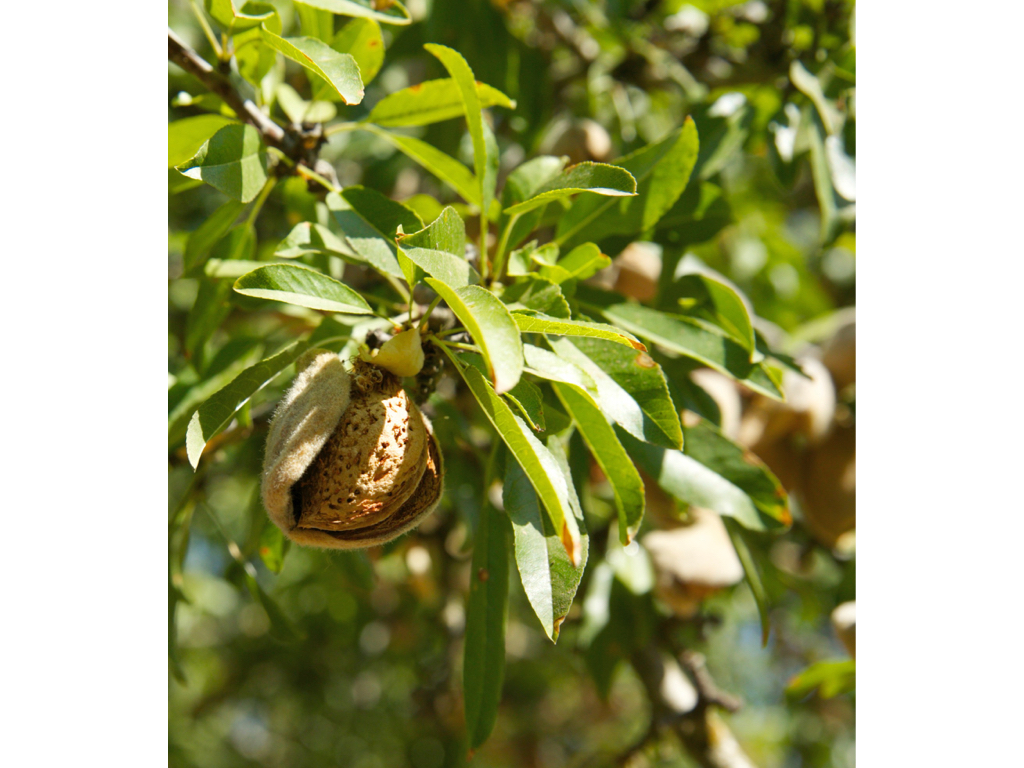The versatile little nut that is used to make almond milk, almond flour, almond butter and can be enjoyed by the handful, not only packs a nutritious punch but is living up to the state’s need to save water. According to the University of California, almond growers have reduced the amount of water it takes to grow a pound of almonds by 33 percent since 1994.
Despite California’s on-going drought, Richard Waycott, president and CEO of the Almond Board of California (ABC), says that this year’s almond crop reflects growers’ commitment to innovation and sustainable new technologies that reap the most from every drop of water while simultaneously safeguarding precious natural resources.
“While growers have made significant advances, as an industry, we collectively recognize the need to take a leadership position on pressing issues facing both California’s residents and agricultural industry,” said Waycott. “That’s why we launched the strategic Accelerated Innovation Management program last year to address sustainability issues from water to air quality, building upon 40 years of Almond Board-funded research.”
The growing emphasis on sustainability and conservation in the almond growing industry is timely; for the first time since 2013, California’s almond growers will surpass 2 billion pounds. Madera almond farmer Tom Rogers has installed and implemented multiple water-conserving devices on his farm.
Moisture sensors have helped him cut his water use by 25 percent.
“Water is like any other resource – when you get a lot, you get careless,” he said. “And when it is short, you start learning about what you need to grow your crop.”
However, the demand for almonds, in some markets, has waned but ABC’s Waycott and his marketing team plan to target new markets including France, Germany, Japan and Mexico.
“We have never had any activity in Mexico, and it is a large and growing market,” Waycott said.
Almonds are an $11 billion industry in California and contribute to more than 100,000 jobs in the state according to the United States Department of Agriculture (USDA) National Agricultural Statistics Service—California Field Office (NASS/CFO). The latest crop forecast is up 7.9 percent from the 2015-16 crop production of 1.9 billion pounds.
Contrary to some reports almonds are not a thirsty crop. The University of California reports that most California fruit and nut trees use about the same amount of water. California is one of the few places with the Mediterranean climate necessary for growing almonds and the state’s Central Valley – with its rich soils, water availability, infrastructure, and, more recently, its innovative technology and research – is the most efficient and productive almond-growing regions in the world. According to the ABC, California accounts for more than 80% of the world’s almond supply and produces 99% of domestic supply.
Currently, more than 70% of almond orchards report using water-saving micro-irrigation systems, far above the average reported for California irrigation methods. At present, more than 80% of growers report using demand-based irrigation in their orchards, which means they review weather, soil moisture and the trees’ needs to determine irrigation strategies, rather than watering on a predetermined schedule.
In October 2015, ABC partnered with the environmental organization, Sustainable Conservation, launched an initiative focused on leveraging California’s almond orchards for groundwater recharge. Harnessing excess seasonal flood water in a way that can recharge groundwater while not hurting crops can benefit underground aquifers.
Next up for water savings in the almond industry is a new irrigation calculator. This free online tool allows farmers to calculate irrigation schedules based on local growing conditions by integrating a number of variables and complements a new effort by the Almond Board that encourages all almond growers to adopt practices to improve irrigation efficiency.
 California Water News Daily Your Source For Water News in California
California Water News Daily Your Source For Water News in California


